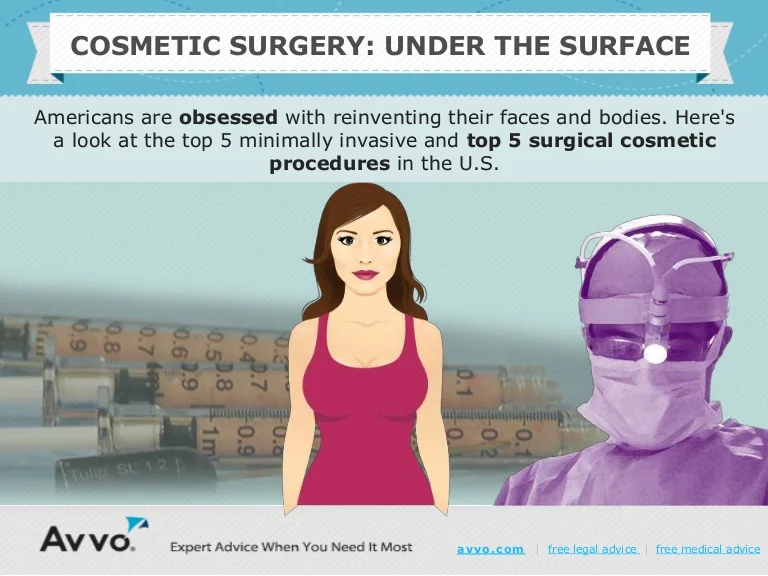Does Drinking Water Clear Acne
Does Drinking Water Clear Acne
Blog Article
Root causes of Acne on Cheeks
Acne outbreaks in the cheek area are caused by lots of things, from touching your face frequently to not transforming your pillowcase frequently sufficient. Picking at acnes enhances your threat of infection and scarring, and specific drugs can get worse dark areas (postinflammatory hyperpigmentation).
Fortunately, there are many ways to prevent and treat cheek acne. These include:
1. Hormonal Changes
Acne is largely caused by hormones, specifically those generated throughout the age of puberty and maternity. For some, a family history of acne might additionally add to their problem. Anything that blocks pores, such as oil-based skin care products or waxy hair products, can trigger acne. Various topical treatments, like benzoyl peroxide and salicylic acid, can deal with microorganisms and unclog pores. Those with extreme or persistent acne must look for treatment from their physician.
Avoid touching or squeezing your acne, as this can press several of the microorganisms deeper right into the skin, causing a much more serious breakout. It is also important to transform pillow cases consistently and make use of tidy makeup brushes. You ought to likewise attempt to avoid irritants such as friction from wearing a headgear or limited collar.
2. Diet plan
The greasy, sugary foods that many people assume trigger acne might really refrain from doing so. In fact, studies have actually revealed that eating a diet rich in entire, nutrient-dense foods assists to avoid breakouts.
Foods high in the glycemic index (such as white bread, corn flakes, blew rice and potatoes, doughnuts and various other pastries) raise blood sugar degrees swiftly, and this can enhance hormones that enhance oil manufacturing and result in acne.
Drinking cow's milk has actually likewise been linked to increased acne outbreaks. If you are a routine cow's milk drinker, you might intend to attempt switching to low-fat or nondairy alternatives that are strengthened with calcium. Furthermore, drinking even more water can aid to decrease acne because it aids to maintain the skin hydrated.
3. Excess Oil
While oil is vital for healthy skin, it can come to be an issue when too much sebum blends with dead skin cells and obstructs pores. This combination can produce blackheads, whiteheads and pimples. The obstructed pore wall can break down and spill bacteria, dead skin cells and sebum right into surrounding skin. This leads to a red bump called an acne. In some cases these red bumps have pus in the facility from a microbial infection. Bigger infected bumps that look like acne are called cysts.
There are several things that can cause excess sebum and clogged pores, consisting of hormone variations, diet plan and daily behaviors. Some examples include touching the face often, resting your hand on your cheek, making use of dirty make-up brushes and not altering pillow cases on a regular basis.
4. Tension
If you're managing throbbing acnes or a slew of blackheads and whiteheads, it might be time to talk to a skin doctor. They can recommend a reliable treatment that matches your skin type. Exercising relaxation and stress-reduction strategies likewise helps.
Acne can occur in the cheeks as a result of friction and stress, such as when a person touches their face frequently or puts on a hat or sports helmet that massages against the skin. It can additionally appear where oily cosmetics and lotions massage against the skin.
Prevent squeezing acne, as this can push contaminated material deeper right into the skin and lead to scarring. Rather, see a doctor to discover preventative treatments like medicine, skin treatment products and way of living changes. Consuming a healthy diet plan of entire foods, getting 7 to nine hours of sleep and making use of noncomedogenic makeup and skin care items can all help reduce acne outbreaks.
5. Hair Products
Hair products are not normally thought of as a source of breakouts, however they can add to acne on the cheeks in some people. Pomade acne, which is identified by small closed comedones and papulopustules, is generally caused by using oily hair items that contain comedogenic active ingredients such as certain oils and acetylated lanolin.
Selecting hair items that don't include these possibly comedogenic ingredients is an essential action toward reducing outbreaks. Additionally, guaranteeing that hair items aren't coming in contact with the skin can assist stop breakouts. For instance, putting on rejuvenation a headscarf or bonnet in the evening can restrict hair-to-face contact and decrease the probability that leave-in hair items will rub off onto the face.
Along with making use of a non-comedogenic moisturizer and washing with an acne face clean, various other useful methods consist of: